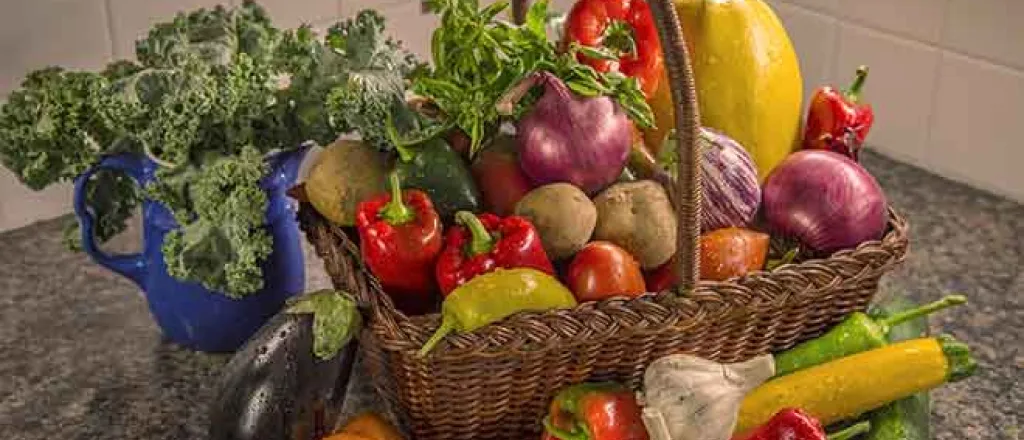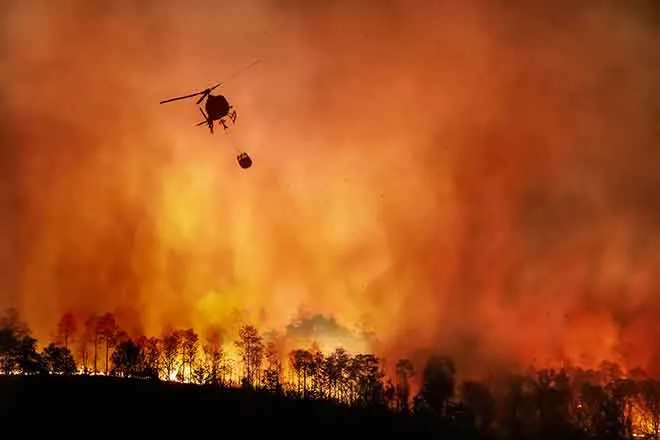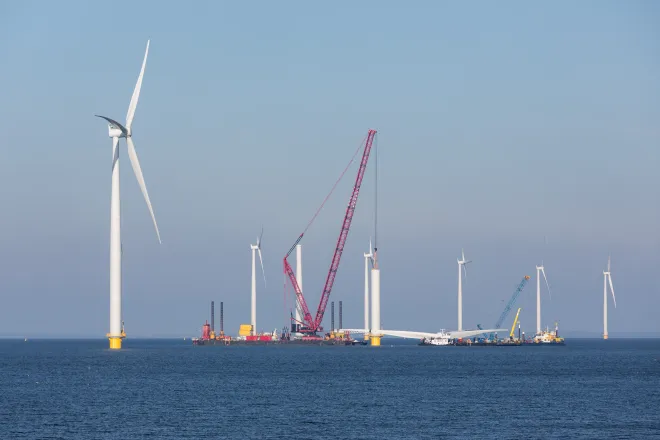
White House convenes first hunger conference in 50+ years
(Washington News Service) It's been more than 50 years since the White House held a gathering about the effects of hunger across the nation. In 1969, the White House held its first, and only, Conference on Hunger, Nutrition and Health.
Wednesday, the Biden administration is reviving the meeting, bringing together members of Congress and groups working to fight food insecurity.
Eric Williams, community partnerships director for Second Harvest Inland Northwest, said it is very timely, considering the recent pressures on families.
"We all were spinning and pedaling really, really hard during the pandemic," Williams observed. "We kind of got through that and thought, 'Well, thank goodness that's better and things like hunger will be reduced.' And then, first of the year, inflation hits."
Williams pointed out between 2021 and 2022, need has gone up 35 percent in the network his organization serves. The conference will be streamed live online, and include remarks in the afternoon from President Joe Biden.
The Biden administration has laid out a lofty goal ahead of the meeting. It said it wants to "end hunger and increase healthy eating and physical activity by 2030," which the administration added will lead to a reduction in chronic diseases like diabetes and hypertension.
Williams noted there are several strategies to tackle hunger, including reducing the amount of uneaten food.
"We, the whole industry, that includes grocery stores, etc., are getting a little bit more efficient," Williams emphasized. "We need to get even more efficient so that the food that's produced does not get wasted. Entirely too much food is wasted."
Williams cited other pressures on the food supply, such as drought in California, which provides much of the nation's fresh produce, and increased freight costs.
However, Washington is the biggest apple producer in the country, and the inland Northwest also is good at growing crops like lentils, potatoes, and onions. Williams stressed because of this, about two-thirds of the food his organization distributes is donated.
















